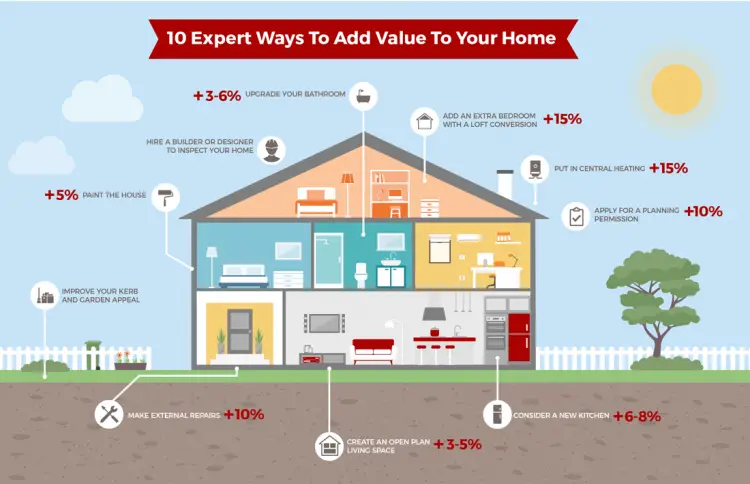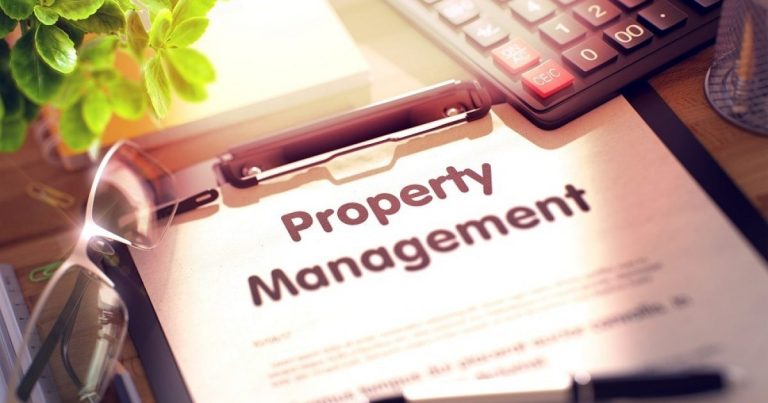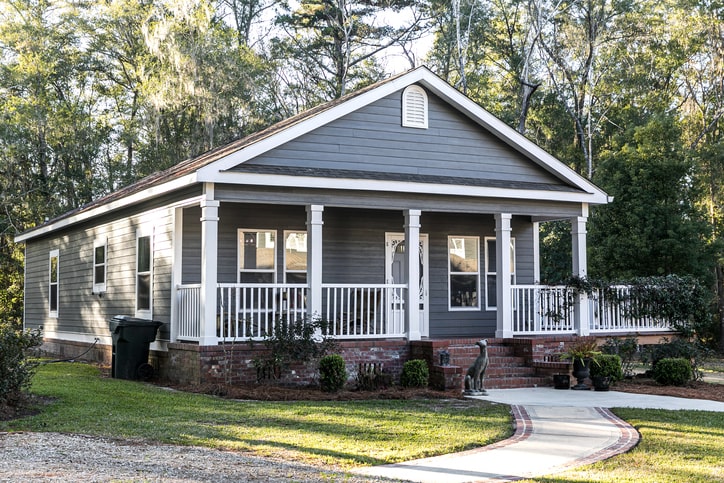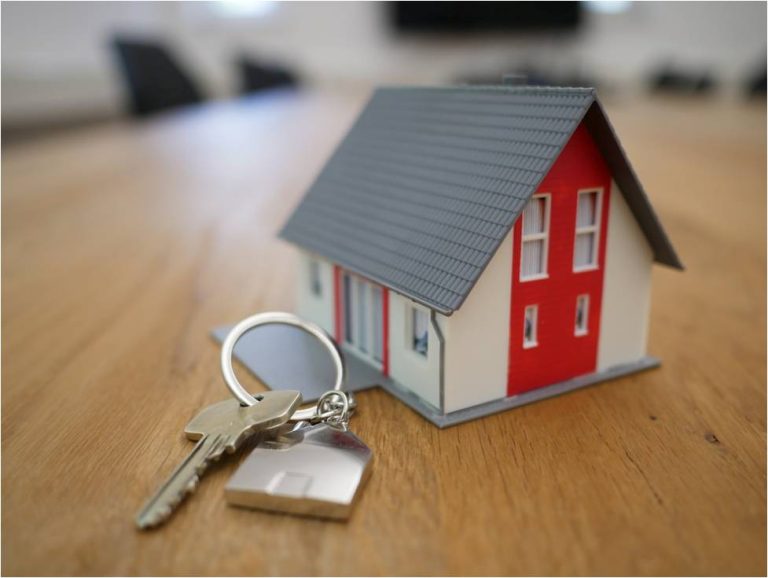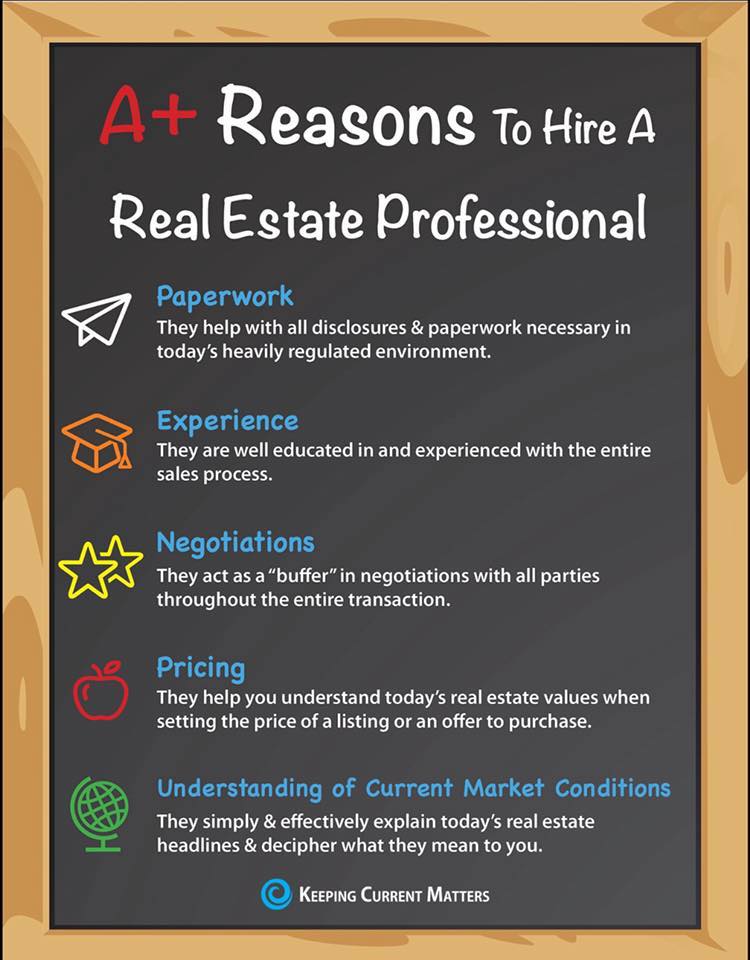What Is The Best Way To Add Value To Your Home?
Adding value to your home can come in many forms. Whether you’re looking to increase the sale price or just make your home more comfortable to live in, there are a few simple and cost-effective ways to make a big impact. From carrying out small DIY projects to investing in bigger renovations, the best way to add value to your home will depend on your individual situation. Simple tasks such as decluttering, replacing fixtures, and painting can all help to increase the value of your property, and more extensive projects like kitchen remodeling and extension builds can make a dramatic difference. Ultimately, the best way to add value to your home is to take a holistic approach and consider both short-term and long-term investments.
Assessing the Home’s Needs
When it comes to assessing the needs of your home, it’s important to be thorough and comprehensive. Your home is your biggest investment and taking the time to consider all your needs and wants will ensure that it is well taken care of. Start by looking at all the different aspects of your home, from its foundation and structure to its plumbing, electrical, and heating and cooling systems. Examine the age and condition of each component, and make sure to prioritize any repairs or replacements that need to be done. Additionally, consider the safety and security of your home, and assess any potential risks. Finally, think about the energy efficiency of your home, and any upgrades that could be made to reduce costs and increase comfort. By taking the time to assess the needs of your home, you will be able to ensure that your investment is well cared for and up to date.
Making Cost-Effective Upgrades
Homeowners looking to upgrade their homes without breaking the bank should consider making cost-effective upgrades. Cost-effective upgrades can make a home more livable and enjoyable while also increasing its value. Some examples of cost-effective upgrades include painting, replacing outdated fixtures, installing energy-efficient appliances, and updating landscaping. These upgrades can easily be done on a budget, and can often be completed with minimal disruption to the home. Not only do cost-effective upgrades provide a more aesthetically pleasing home, but they can also lead to energy savings and increased home value. Making cost-effective upgrades is an easy, affordable way to improve the look and feel of a home.
Enhancing Curb Appeal
Enhancing curb appeal is an important part of home ownership. It’s the first thing people see when they come to visit, and it can make a big impression. Investing in the look of your home’s exterior can not only increase the value of your property but also create a lasting impression that will make your home stand out from the rest. Whether it’s a fresh coat of paint, new landscaping, or a well-maintained lawn, taking the time to spruce up your home’s exterior is a great way to add value and create a welcoming atmosphere.
Adding Space and Functionality
Adding space and functionality to your home or business can be a daunting task. Whether you need an extra room to accommodate a growing family, an additional workspace for a home office, or an upgraded entertainment area, the possibilities are endless. You can add extra square footage to your home or business with an addition, a remodel, or an expansion. You can also opt for a multi-functional piece of furniture, such as a sofa bed, for extra seating and sleeping. With the right planning and design, you can create a beautiful and functional space that suits your needs.
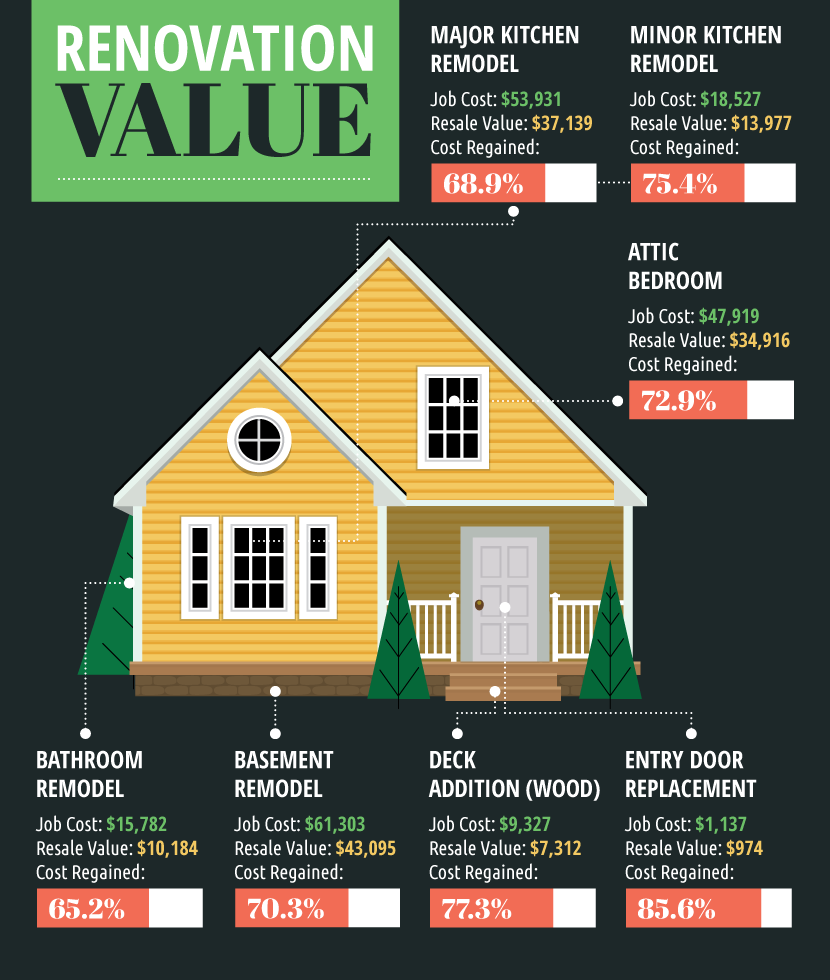
Implementing Energy-Saving Features
As energy costs continue to rise, implementing energy-saving features into homes and businesses becomes more important than ever. Energy-saving features such as energy-efficient appliances, lighting, and insulation can help to reduce energy costs significantly. Additionally, energy-saving features can help to reduce the environmental impact of energy consumption. Implementing energy-saving features can help to reduce a home or business’s energy costs while also helping to reduce their carbon footprint. By making the switch to energy-saving features, they can save money and help preserve the planet for future generations.
Doing DIY Projects
DIY projects are a great way to get creative and make something that is truly unique. DIY projects are also incredibly rewarding and often cost less than buying something pre-made. From furniture and decor to crafts and cooking, there’s a DIY project for everyone. Taking on a DIY project is a great way to learn a new skill, save money, and create something that you can be proud of. So, if you’re looking for a fun and cost-effective way to make something unique, why not try your hand at a DIY project?
Working with Professionals
The key to success is working with the right professionals. Whether you are looking for a lawyer, accountant, or other expert, the level of expertise and service that you receive is directly related to the quality of the professionals that you choose. When you are faced with a difficult decision or challenge, having an experienced team of experts on your side can make all the difference. With the right professionals, you can rest assured that you are receiving the most up-to-date advice and support. Working with professionals also helps to provide you with greater peace of mind, knowing that your interests are being protected and that you are making informed decisions. Investing in quality professionals is a wise decision that can benefit your business for years to come.
Monitoring Home Value Post-Improvement
Improving your home is an important investment and the value of your property can be greatly increased by the projects you undertake. However, it is important to monitor the value of your home post-improvement in order to ensure that you are getting the most out of your investment. This blog post will explore the best ways to track your home’s value after improvements, from looking at the local housing market to utilizing online appraisal tools. With the right information and resources, you can ensure that your home’s value is maximized after any improvements you make.
FAQs About the What Is The Best Way To Add Value To Your Home?
1. What is the most cost-efficient way to add value to my home?
Answer: Making simple upgrades such as fresh paint and updating fixtures can add significant value to your home without breaking the bank. Additionally, investing in energy-efficient appliances and updating landscaping can also help increase the value of your home in a cost-effective way.
2. What renovations should I avoid if I’m looking to add value to my home?
Answer: Renovations that are highly personalized and don’t match the style of the rest of the house can actually decrease the value of your home. Additionally, you should avoid over-investing in certain renovations, such as adding a swimming pool, that may not provide a return on your investment.
3. How much value can I expect to add to my home?
Answer: The amount of value you can add to your home will depend on the type and scope of renovations you choose to pursue. Generally speaking, smaller upgrades such as painting and landscaping can create a notable increase in value, while larger projects like adding a room or new flooring may provide a more moderate return on investment.
Conclusion
The best way to add value to your home is to make renovations and improvements that are both beneficial and cost-efficient. Updating the kitchen, adding a bathroom, freshening up the paint, and adding energy-efficient appliances and fixtures are all great ways to add value to your home. Additionally, updating landscaping and outdoor features can also make a big difference. With these improvements, you can enjoy a more comfortable and attractive home while also increasing the value of your home.

